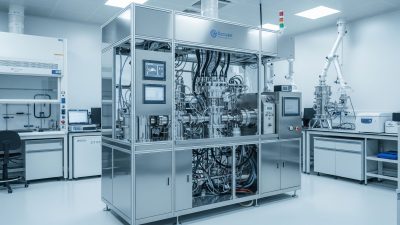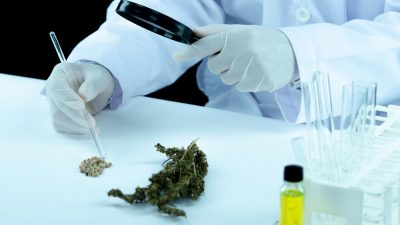In the early days of cannabis legalization, a successful extraction lab was defined by the skill of its lead technician—a master of manual adjustments, timing, and intuition. Today, in a maturing market defined by intense competition, regulatory scrutiny, and consumer demand for absolute consistency, that model is no longer viable. The future of profitable cannabis processing is not manual; it is automated.
The “smart lab” is no longer a futuristic concept; it’s a strategic necessity. By integrating automation, operators can move beyond the limitations of the beaker and forge facilities that are more efficient, consistent, and profitable than ever before. This is how.
The Core Pillars of Lab Automation
Automation isn’t about replacing skilled technicians; it’s about empowering them by eliminating the variables that kill profitability: human error, inconsistency, and a lack of actionable data.
1. Ensuring Unwavering Repeatability and Consistency Your brand is your promise of a consistent experience. When a customer buys your “Sleep” vape oil, they expect the same effect every single time. Manual processing makes this promise nearly impossible to keep. Different operators may have slight variations in timing or temperature, leading to batch-to-batch deviation in cannabinoid and terpene profiles.
Automated systems execute your validated Standard Operating Procedures (SOPs) with robotic precision. Every temperature, pressure, and flow rate is controlled by a central system, ensuring each extraction run is a perfect mirror of the last. This is the foundation of brand trust and the cornerstone of meeting cGMP requirements for medical markets.
2. Optimizing Labor and Eliminating Human Error Your most valuable asset is the expertise of your staff. An automated lab allows you to leverage that expertise where it matters most—in process development, R&D, and quality assurance—not on manually opening and closing valves.
By automating repetitive tasks, you reduce the risk of costly errors, such as a missed step that ruins a multi-thousand-dollar batch of oil. This not only slashes the potential for waste but also creates a safer working environment by minimizing direct human interaction with solvents and high-pressure systems.
3. Harnessing Data for Intelligent Processing This is the “smart” in smart processing. A manual lab runs on observation; a smart lab runs on data. Automated extraction systems are equipped with integrated sensors that log every critical parameter of every run in real-time.
- Process Optimization: This data allows you to analyze how minor tweaks in pressure or duration affect the yield and terpene profile of a specific cultivar, helping you create a unique “recipe” for each strain to maximize its value.
- Predictive Maintenance: The system can track component performance, alerting you to potential maintenance needs before a critical failure causes costly downtime.
- Compliance & Traceability: Automated data logging provides an unimpeachable record for regulators, creating a detailed batch history that is essential for cGMP compliance and product recall readiness.
What Does a Smart System Look Like?
The architecture of an automated extraction facility is built on a few key components:
- Programmable Logic Controllers (PLCs): The industrial-grade “brain” that runs the entire operation based on your pre-set SOPs.
- Integrated Sensors: The “nerves” of the system, constantly monitoring temperature, pressure, flow, and other variables.
- Automated Valves & Pumps: The “muscles” that precisely control the movement of solvents and extracts without manual intervention.
- Centralized HMI (Human-Machine Interface): A touchscreen control panel that allows operators to monitor the entire process, initiate runs, and analyze performance data from a single, safe location.
The Strategic ROI
Investing in automation is not an expense; it is a direct investment in profitability. The ROI is realized not just through reduced labor, but through higher yields, eliminated batch failures, decreased solvent waste, and the ability to produce a premium, consistent product that commands a higher price in the market. In the competitive landscape of 2024 and beyond, the smart lab isn’t just an advantage—it’s the standard for survival.





